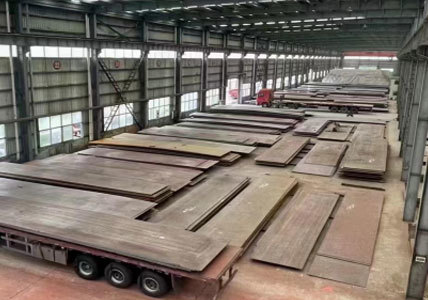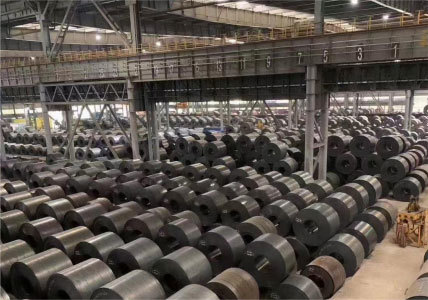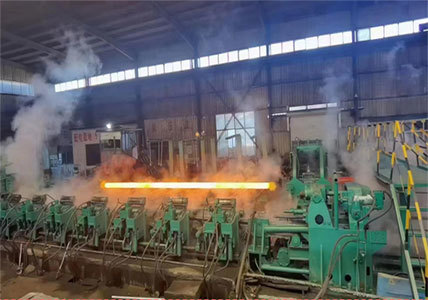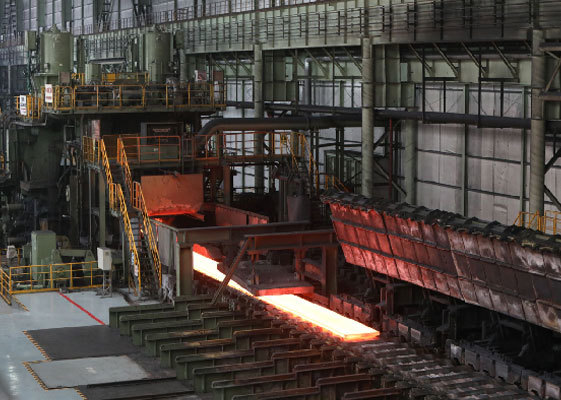Flat Steel

Definition and Specifications
Definition: Flat steel refers to steel with a width of 12-300mm, a thickness of 3-60mm (some sources also mention a thickness of 4-60mm), a rectangular cross-section, and slightly blunt edges. It can be finished steel, or it can be used as a billet for welded pipes and a thin slab for laminated thin plates. Product type: Flat steel is a type of steel in the four major varieties of steel (plate, pipe, section, wire), belonging to the category of simple cross-section steel.
Features and Advantages
High strength: Flat steel has high tensile strength and yield point, which can withstand large loads and ensure the safety and stability of the structure. Good toughness: Flat steel is able to withstand impact and vibration without easily breaking, ensuring the safety of the structure. Easy to process and shape: Flat steel is convenient for cutting, bending, welding and other processing operations, reducing manufacturing difficulty and cost. Affordable: Compared with other high-performance materials, the price of flat steel is relatively reasonable and has a high cost-effectiveness.
Application Field
The application fields of flat steel are very extensive, mainly including but not limited to the following aspects:
In the field of architecture, flat steel is commonly used to make building structural materials, such as steel bars, railings, stairs, etc. It is used as a connecting material and construction material in steel structure buildings. At the same time, it is also used to make furniture and decoration materials, such as cabinets, furniture racks, etc.
Mechanical field: Flat steel can be used to manufacture various mechanical parts, such as brake and transmission system components, engine parts, instrument panel parts, etc. In addition, it is also used to manufacture large construction machinery such as carriages, bridges, and ships.
In the automotive industry, flat steel is commonly used to manufacture key components such as the chassis, braking system, and suspension system of vehicles.
Metallurgical and mining industries: Flat steel is also used in track plates for highways and railways, as well as track plates for mining machinery transportation.
Logistics and warehousing industry: Flat steel is used for the construction of shelves, such as columns and beams, to increase the load-bearing capacity of shelves.
Ships and offshore platforms: Flat steel is also widely used in these fields, and its high strength and good toughness can improve the safety and stability of structures.
Production Process
The production process of flat steel mainly includes smelting, rolling, and heat treatment.
Firstly, the raw materials are smelted to remove impurities and gases. Then, rolling treatment is carried out to obtain the required specifications of flat steel by adjusting parameters such as rolling temperature and speed. Finally, heat treat the rolled flat steel to optimize its mechanical properties.
To further understand our company, welcome to visit our site for inspection

A good storage environment ensures thatthe quality of goods meets therequirements,and convenient transportation ensures timely delivery ofgoods

We have a large stock of commonly usedmodels and sizes in stock, which can bedelivered in the shortest possible time,ensuring that it does not delay yourproduction cycle

We have our own production line and canprovide you with a variety of productswith different specifications and quotas.The delivery speed is fast and the qualityis guaranteed
Submit your request immediately to get the best price
We have a large stock of commonly used models and sizes in stock, which can be delivered in the shortest possible time, ensuring that it does not delay your production cycle




